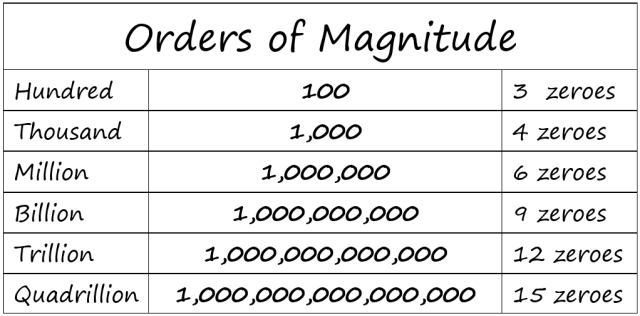1 Billion Divided By 1 Million

The chasm between astronomical figures and tangible reality often obscures the true impact of resource allocation. When discussing figures like a billion dollars, a common point of reference is a million. But the difference between these numbers is stark, often masked by their sheer size.
Understanding the true value when dividing one billion by one million unveils critical insights into resource distribution, economic disparities, and the potential impact of targeted interventions. This seemingly simple calculation of "1 Billion Divided By 1 Million" is not just an arithmetic exercise; it's a lens through which we can examine wealth concentration, government spending, and philanthropic endeavors. It's a powerful tool to dissect the impact of large sums when spread across a sizable population.
The Straight Calculation: 1 Billion / 1 Million = 1,000
At its core, dividing one billion by one million yields 1,000. This means that one billion contains one thousand millions.
This basic mathematical fact serves as the foundation for our understanding.
But the true impact lies in its implications.
Wealth Distribution: The Gini Coefficient and Beyond
The stark reality revealed by "1 Billion Divided By 1 Million" underscores the growing wealth gap. Think of one billionaire controlling the wealth of one thousand millionaires.
This imbalance is often quantified by the Gini coefficient, a measure of statistical dispersion intended to represent the income or wealth distribution of a nation's residents.
According to data from the World Bank, many countries exhibit a Gini coefficient indicating significant inequality.
Oxfam's reports regularly highlight the concentration of wealth in the hands of a few. These reports often emphasize that a small percentage of the global population possesses a disproportionately large share of the world's wealth.
This translates to a situation where a "billion" dollar fortune could, in theory, be redistributed to provide a significant boost to a "million" individuals.
However, the complex dynamics of economic systems and global markets make such redistribution a far more challenging task.
Government Spending: Infrastructure and Social Programs
Government budgets are often expressed in billions of dollars. Consider a hypothetical infrastructure project budgeted at $1 billion.
Dividing this figure by one million allows us to assess its potential impact on a large population, showing it can provide $1,000 to one million people.
This could translate to significant improvements in public services, job creation, or social welfare programs.
For example, a $1 billion investment in renewable energy could potentially create jobs for a million people with each receiving one thousand dollar in compensation for the new role.
However, the distribution and effectiveness of such spending are often subject to political debate and logistical challenges.
The actual impact can vary greatly depending on factors such as project management, corruption, and the specific needs of the targeted population.
Philanthropy and Charitable Giving
Philanthropic organizations often operate with budgets in the millions or even billions.
Understanding the "1 Billion Divided By 1 Million" equation allows donors and organizations to evaluate the potential reach of their contributions.
A $1 billion endowment, if strategically invested, could potentially provide significant support to a million beneficiaries, such as scholarships, healthcare, or poverty alleviation programs.
The Bill & Melinda Gates Foundation, for example, allocates billions of dollars annually to address global health and development challenges.
These funds are often distributed to various programs and initiatives, aiming to impact millions of lives.
The effectiveness of these efforts hinges on careful planning, rigorous evaluation, and collaboration with local communities.
The Psychological Impact of Large Numbers
Humans often struggle to grasp the true scale of large numbers. The difference between a million and a billion, while mathematically clear, can be psychologically difficult to internalize.
This cognitive bias can lead to misperceptions about the magnitude of wealth, the scale of government spending, and the potential impact of charitable giving.
Visualizations and comparative examples can help to bridge this gap, making large numbers more relatable and understandable.
The Importance of Context and Nuance
While "1 Billion Divided By 1 Million" provides a valuable starting point, it's crucial to consider the context and nuances of each specific situation.
Factors such as purchasing power parity, inflation, and the specific needs of the target population can significantly impact the actual value of the resources being distributed.
A thousand dollars may have a vastly different impact in a developing country compared to a developed nation.
Moreover, simply dividing a large sum equally among a population may not always be the most effective solution.
Targeted interventions, tailored to specific needs and circumstances, can often yield greater results.
For example, providing education, healthcare, or vocational training may have a more lasting impact than simply distributing cash.
Looking Ahead: Towards More Equitable Distribution
The "1 Billion Divided By 1 Million" equation serves as a powerful reminder of the vast disparities in wealth and resources that exist in our world.
Addressing these inequalities requires a multifaceted approach, encompassing policy reforms, economic development initiatives, and philanthropic efforts.
By fostering greater transparency, accountability, and collaboration, we can work towards a more equitable distribution of resources and opportunities.
Moving forward, it's essential to promote financial literacy and economic empowerment, enabling individuals and communities to build sustainable livelihoods.
This includes investing in education, healthcare, and infrastructure, as well as fostering entrepreneurship and innovation.
Ultimately, the goal is to create a world where everyone has the opportunity to thrive, regardless of their background or circumstances.
The simplicity of dividing one billion by one million is a powerful reminder of the potential to create meaningful change for millions when resources are allocated with intention and foresight. This simple calculation encourages critical thinking about how resources are used, distributed, and the impact on the world.










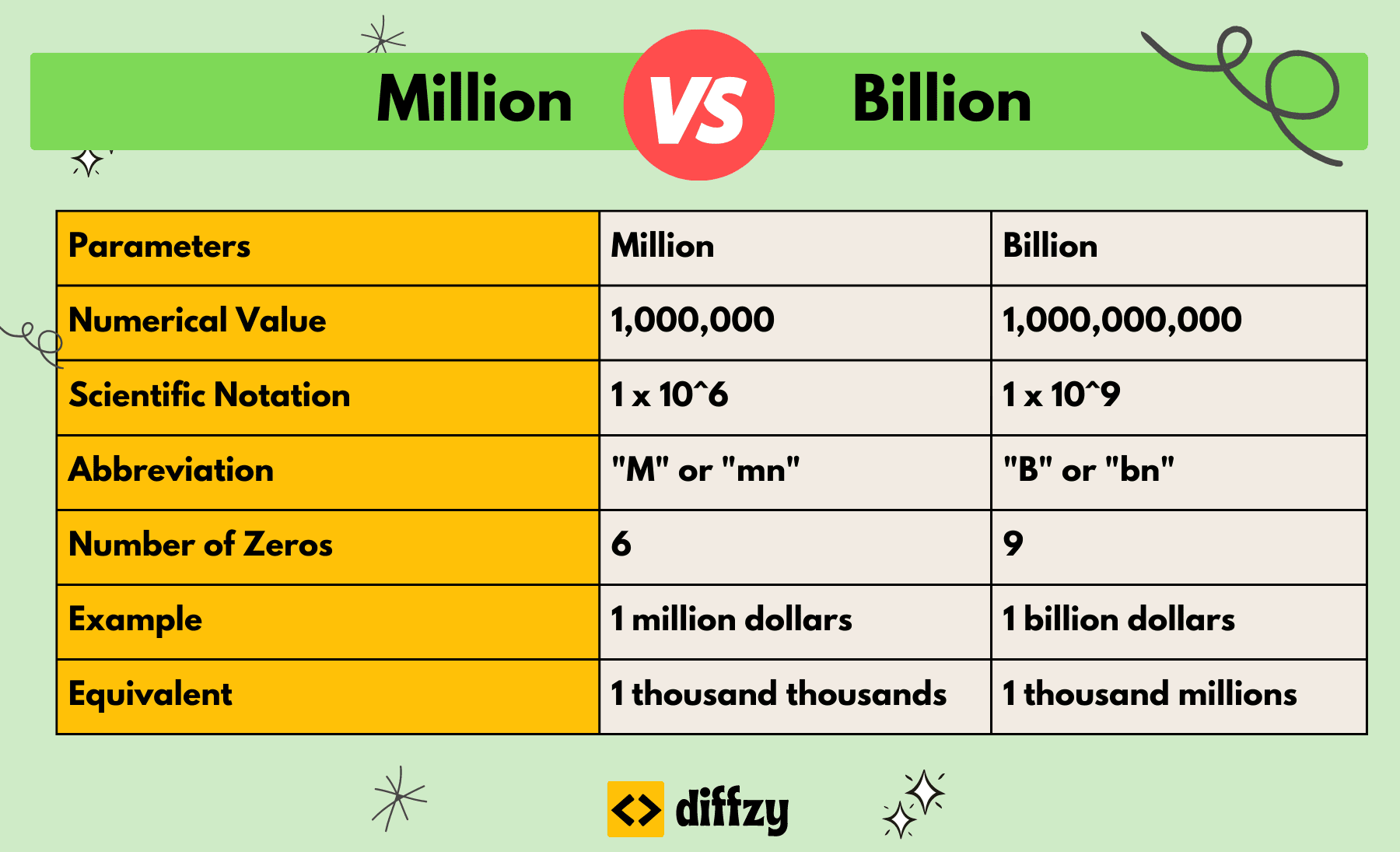
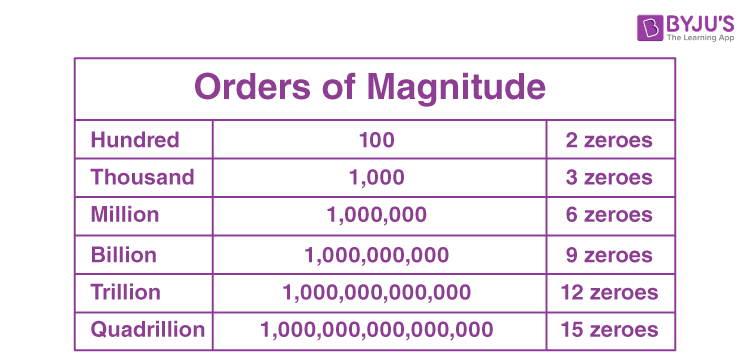
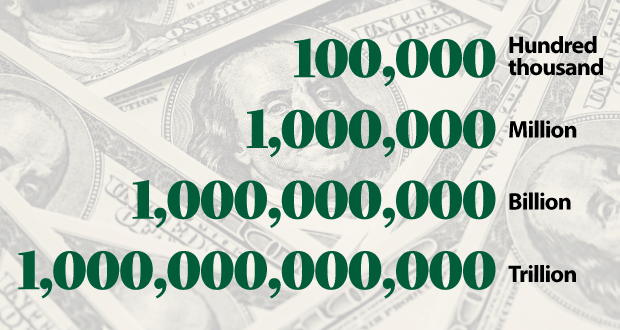

/BiggerThanMillion-58b734085f9b5880803990ff.jpg)
